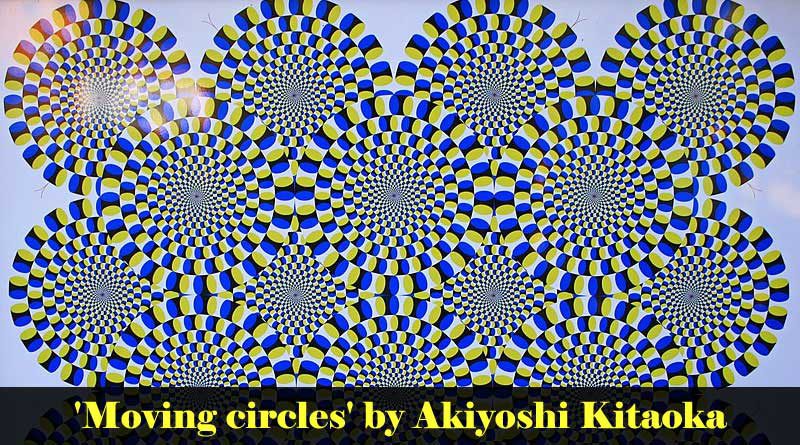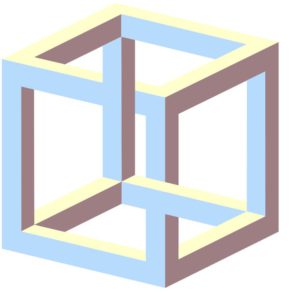Biggest mind bending illusions of all times
Optical illusions are images or pictures that we perceive differently than they really are. Put another way, optical illusions occur when our eyes send information to our brains that tricks us into perceiving something that does not match reality.
Devil’s Fork
It is a drawing of an undecipherable figure which is a kind of optical illusion. It is also known as the impossible trident, impossible fork, blivet. D.H. Schuster reported that he noticed an ambivalent figure of a new kind in the advertising section of an aviation journal. He dubbed it a “three-stick clevis”. Later in march 1965 “Mad Magazine” issued it as original graphic art.
Look at this trident, when you look closely three prongs extraordinarily transform into two at the end of the fork. Do you have any idea how this happens?
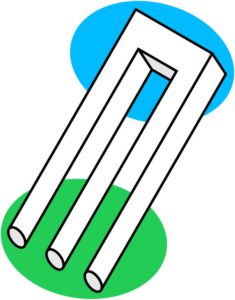
Kanizsa Triangle
This triangle is an optical illusion that was first discovered by Gaetano Kanizsa an Italian psychologist in 1955. In the accompanying figure, a white equilateral triangle is perceived, but in fact, none is drawn.
This effect is known as a subjective or “illusory contour.” Also, the imaginary grey triangle appears to be brighter than the nearby area, but the fact is that it has the same luminance as that of background.
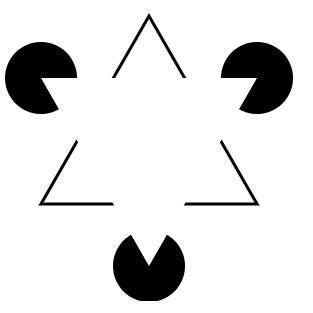
Impossible Cube
The Impossible Cube, also known as the irrational cube, is an undecidable figure. it represents an object which could not possibly exist. The existence of Impossible Cube is impossible as it will violate the rules of Euclidean geometry.
It was discovered by M.C. Escher for his print Belvedere. It is a two-dimensional figure that apparently resembles a perspective drawing of a three-dimensional cube, with its features drawn inconsistently from the way they would appear in an actual cube.
Rabbit–duck illusion
The rabbit–duck illusion is an ambiguous image in which a rabbit or a duck can be seen. Joseph Jastrow first made a note of it in 1900 as the original drawing was published anonymously
This duck-rabbit hybrid is considered an ambivalent image. When you turn your head to the right, you can see a duck. But when you turn your head to the left: The duck’s beak can also be the rabbit’s ears.
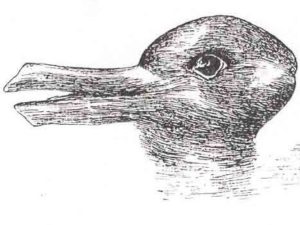
Neon color spreading
Neon color spreading is an optical illusion in the category of transparency effects, characterized by fluid borders between the edges of a colored object and the background in the presence of black lines.
The illusion was first documented by psychologist Dario Varin in one of his book “Chromatic Contrast and Diffusion Phenomena” in 1971 and was eventually rediscovered in 1975 by Van Tuijl.
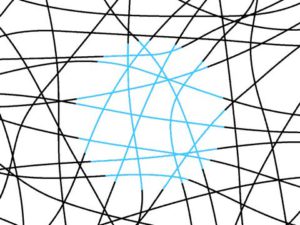
Muller-Lyer illusion
The Muller-Lyer illusion is an optical illusion which consists of a set of lines that end in arrowheads. The orientation of the arrowheads affects one’s ability to accurately perceive the length of the lines.
These lines look like they are all of different lengths and a little bit offset when in actuality they’re all the same length and start and end on the same axis. A popular explanation for this illusion is the “carpentered world.”
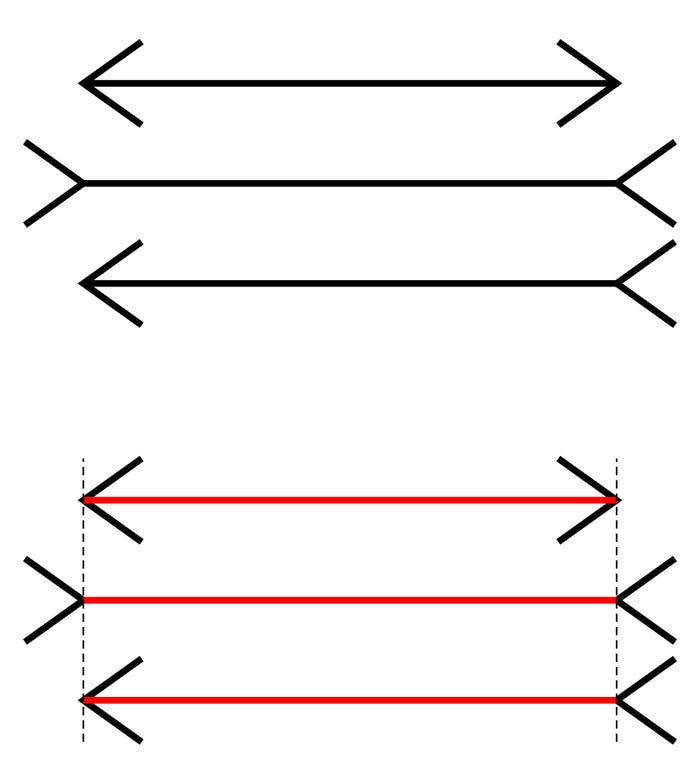
The Zollner Illusion
The Zollner illusion is an optical illusion that was named after its discoverer name German astrophysicist Johann Karl Friedrich Zollner. In 1860, Zollner sent his discovery in a letter to physicist and scholar Johann Christian Poggendorff, editor of Annalen der Physik und Chemie, who subsequently discovered the related Poggendorff illusion in Zollner’s original drawing
Sometimes the background of an image can impede how your brain interprets the image, as is the case with the Zollner illusion. This is one illusion that can actually make a viewer start to feel slightly nauseated if you gaze at it for too long.
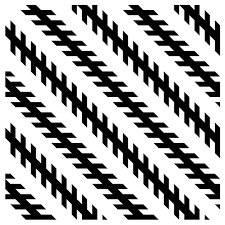
A vase or two faces staring at each other
The illusion was originally developed by Danish psychologist Edgar Rubin in 1915. When you focus on the black sections, you’ll see two faces staring at each other and when you focus on the white portion between, you’ll see a vase.

“My Wife and My Mother-in-Law.” Can you see them both?
This illusion was named “the Boring Figure “, after the name of Edwin Boring, who wrote a paper about the drawing in 1930. Your eyes will be able to perceive only one picture at a time either his wife or his mother in law.
Hint: The choker on the neck of his wife is the mouth of the mother-in-law.
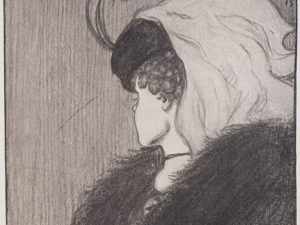
If you liked our content, please do leave your comments below!

